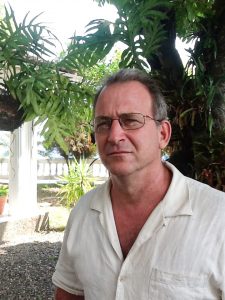- Timothy T Schwartz
- 2012
- Economy, Wage
This report was commissioned by International Trade Centre's (ITC) Ethical Fashion Initiative, a program designed to assist artisans. It examines the concept of a "fair wage" in the context of the cost of living and the prevailing wage scale within in Haiti. It concludes with a recommended wage scale for the artisan sector.

